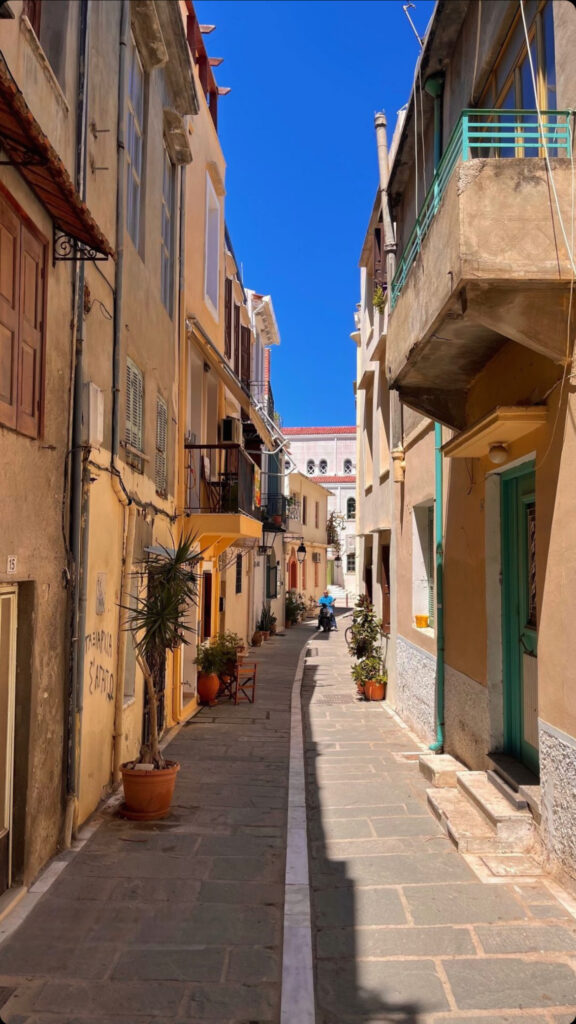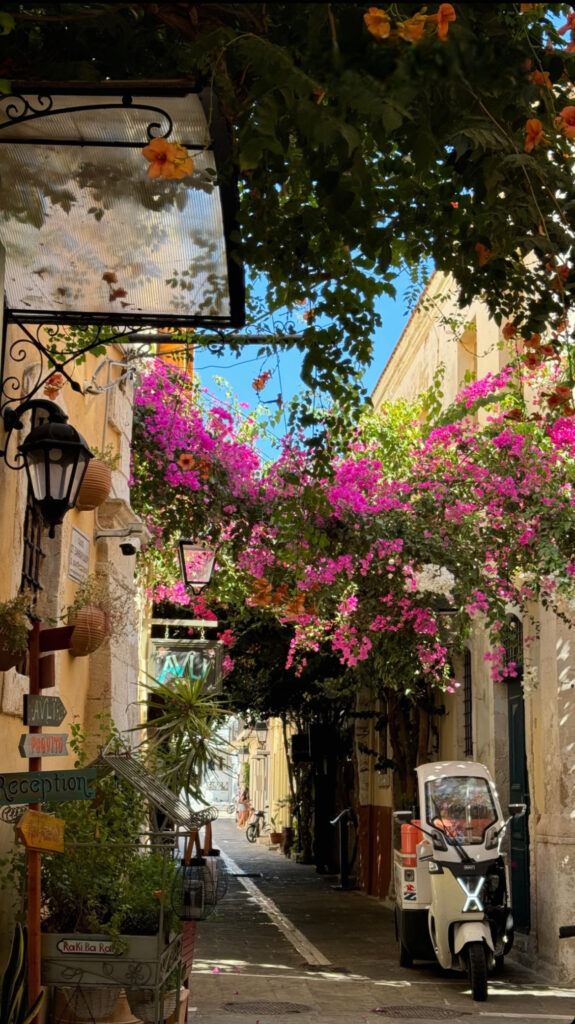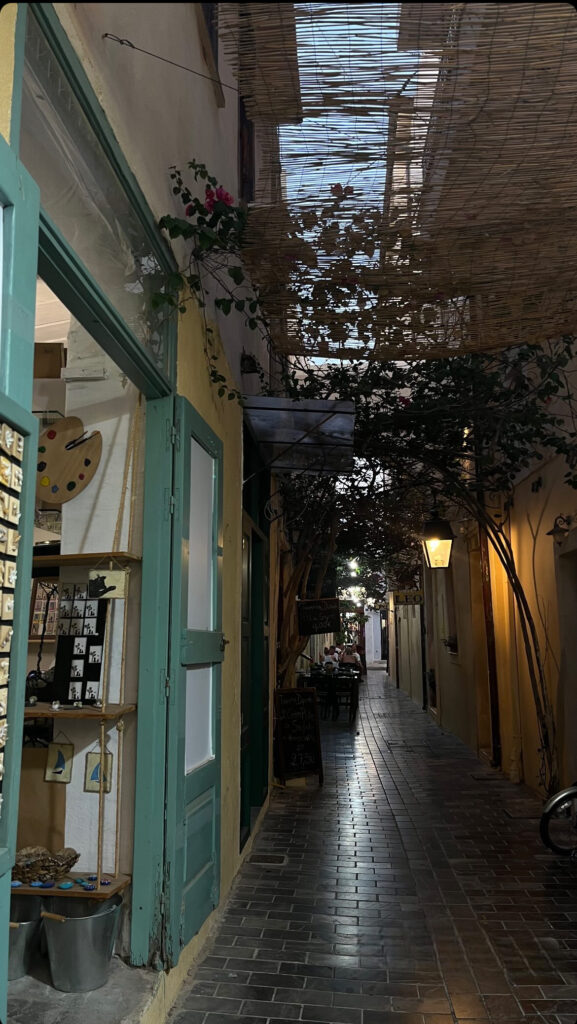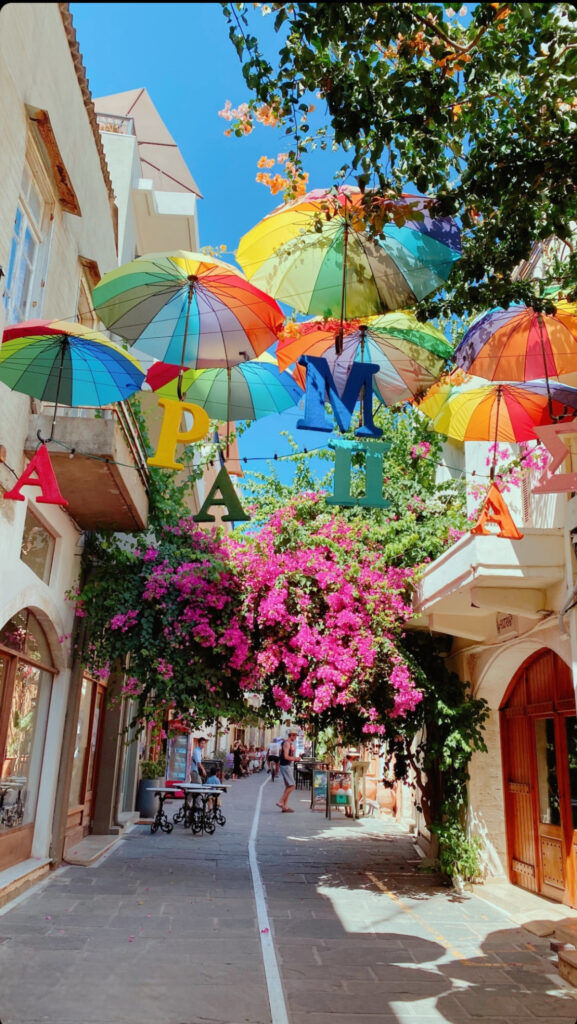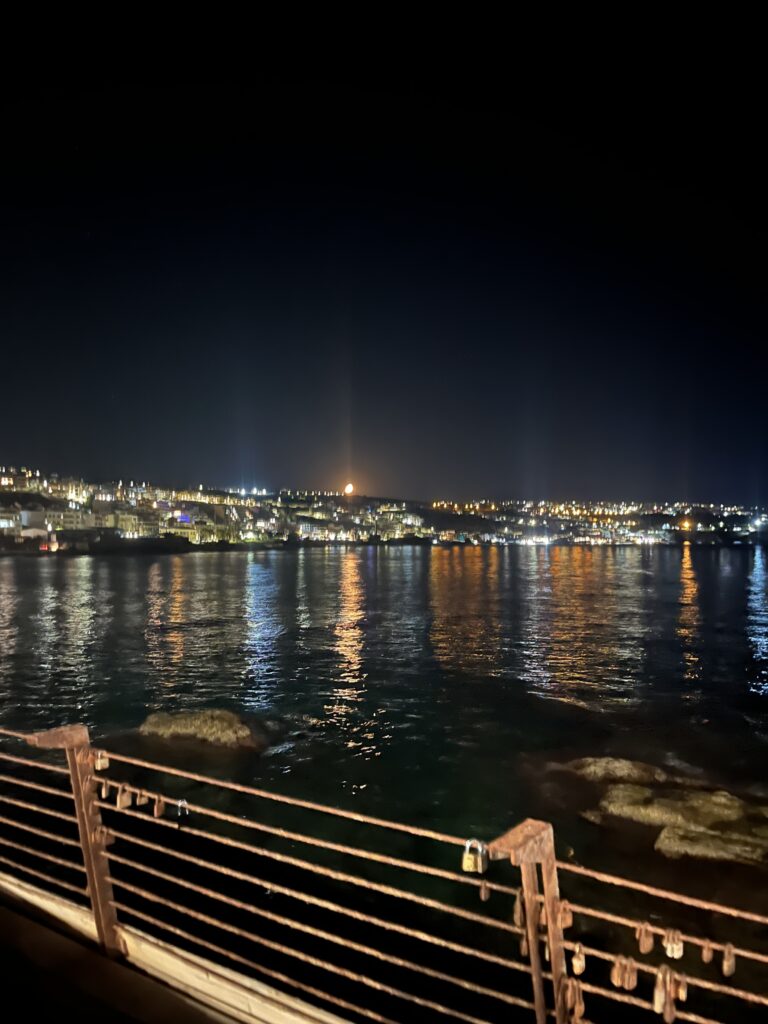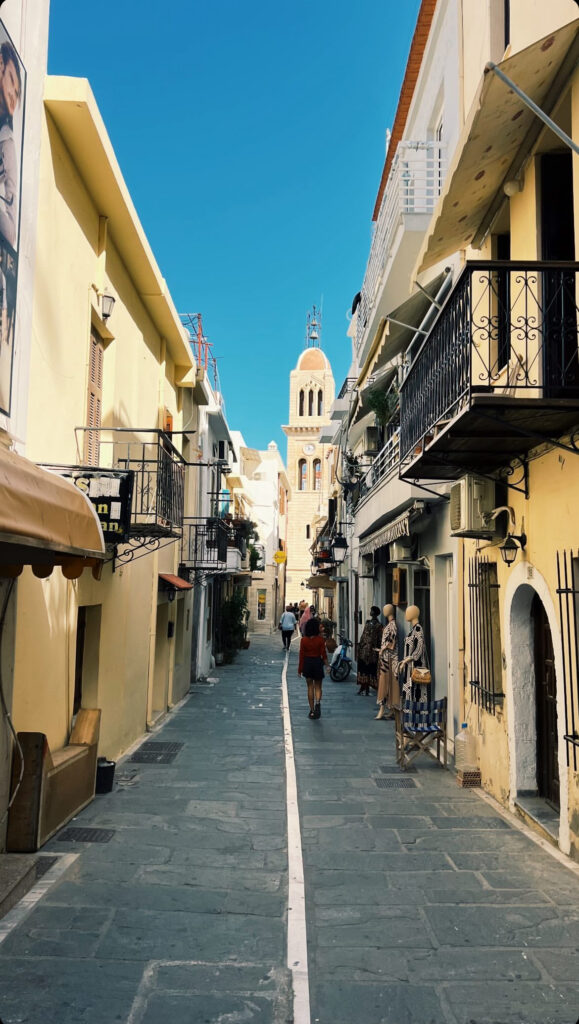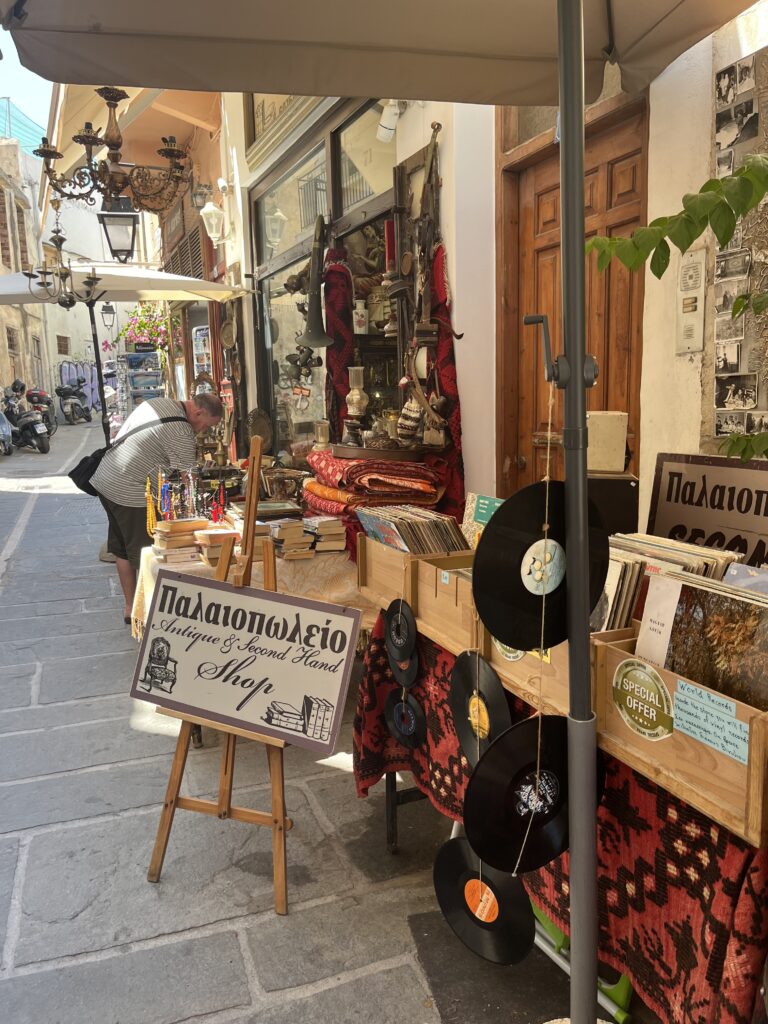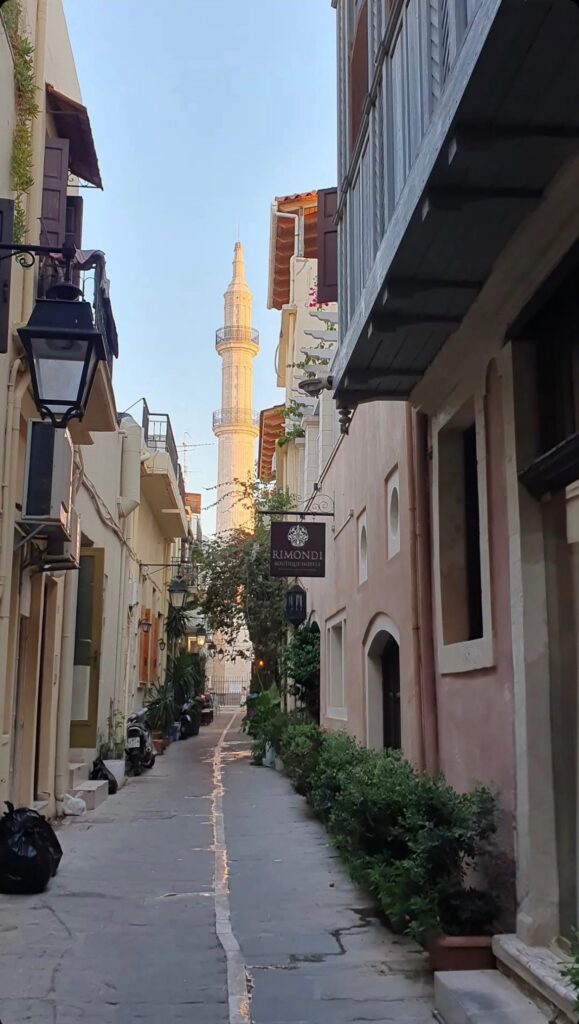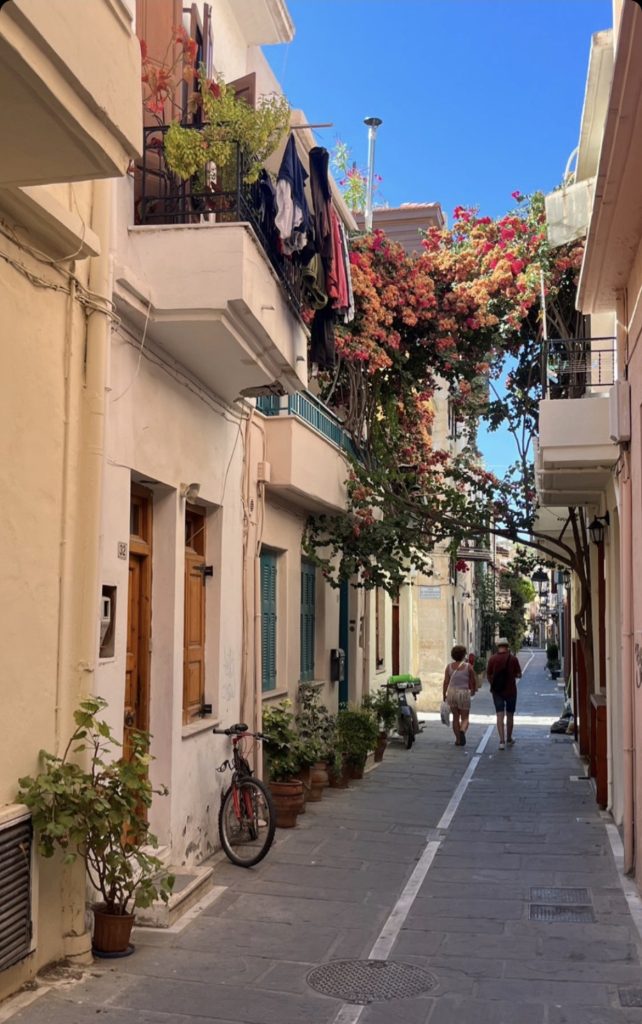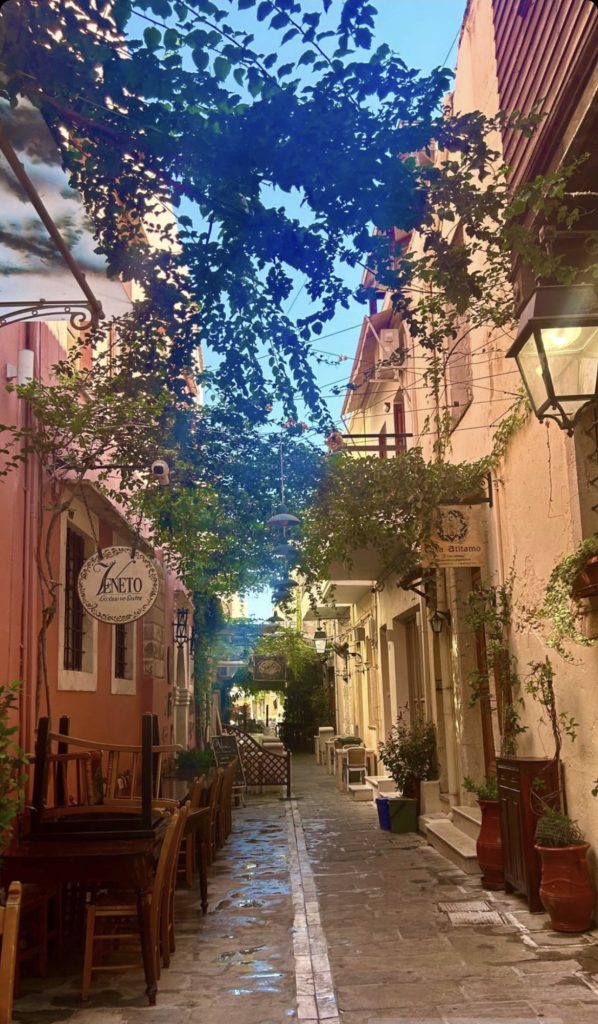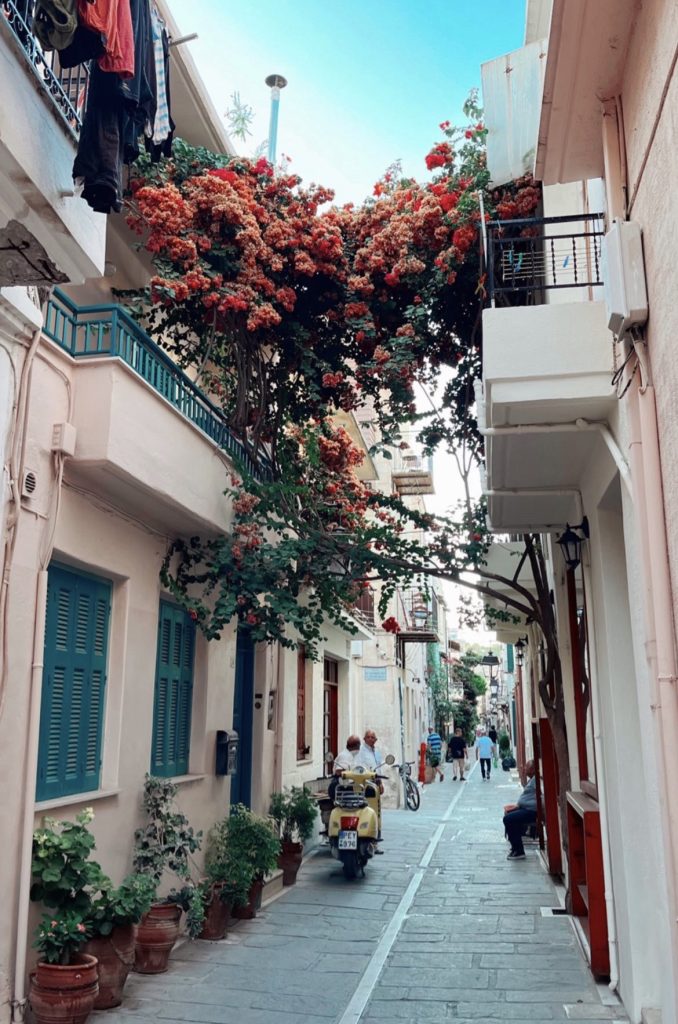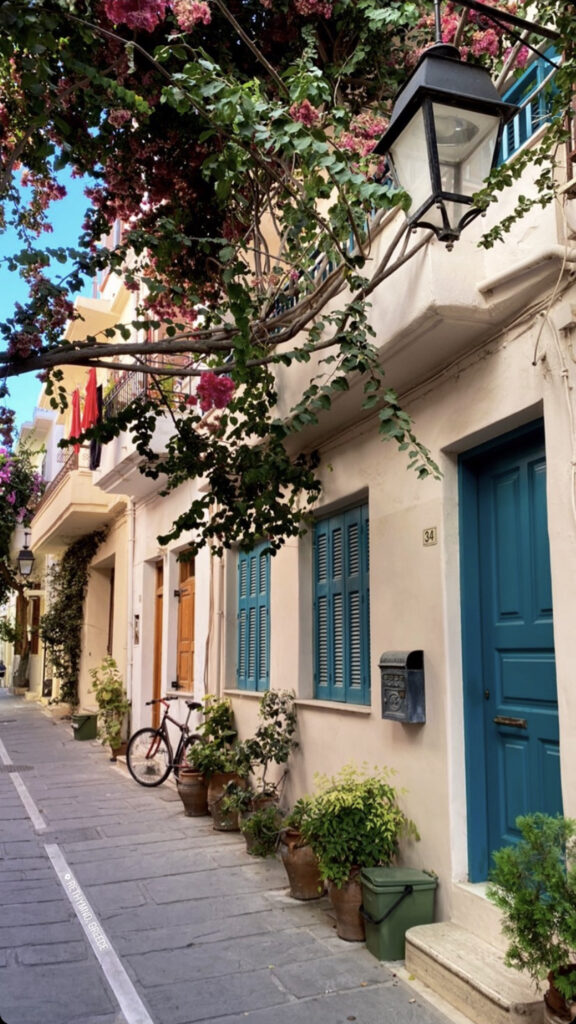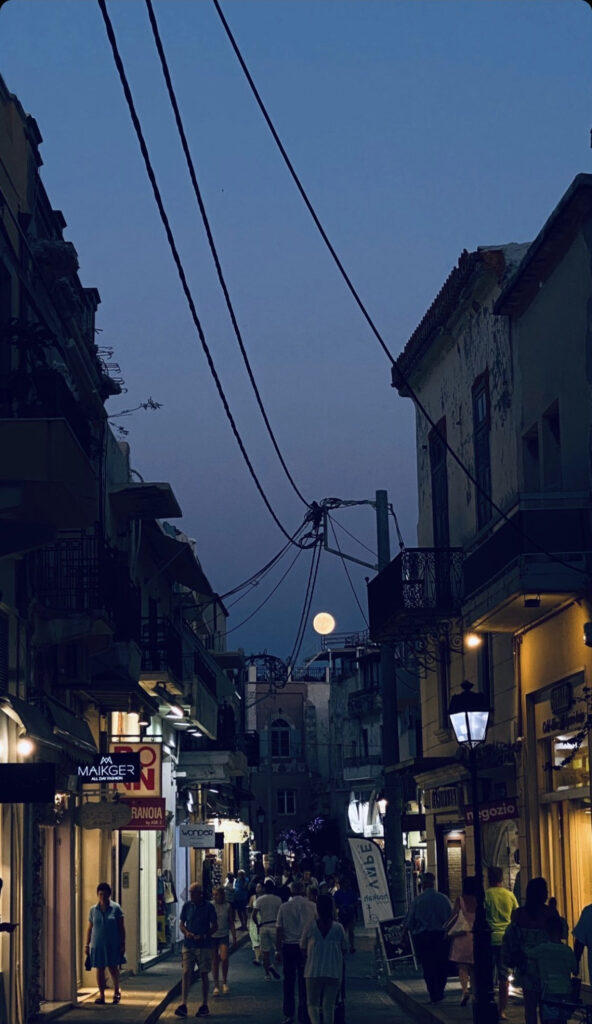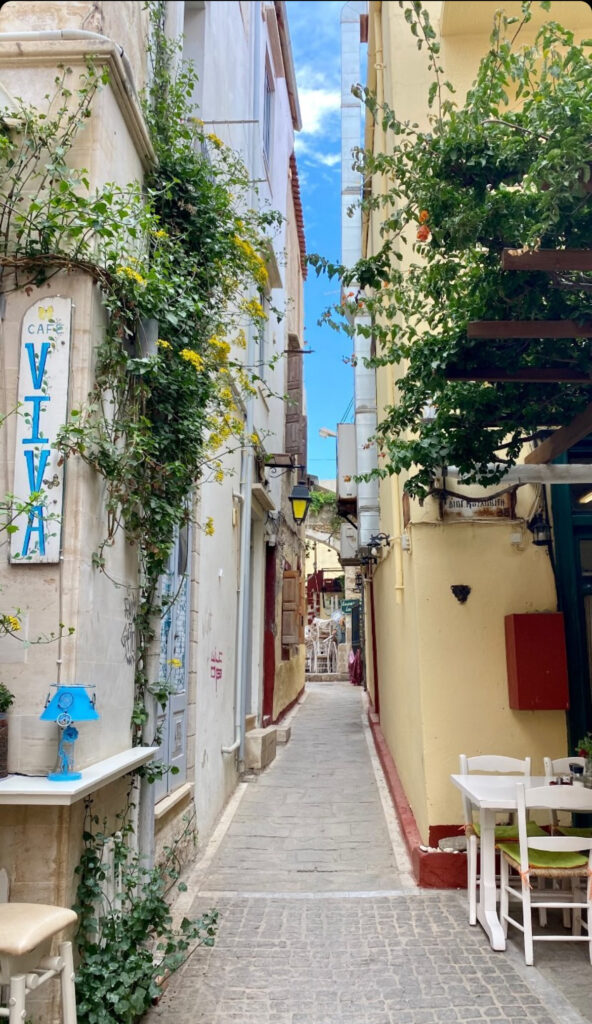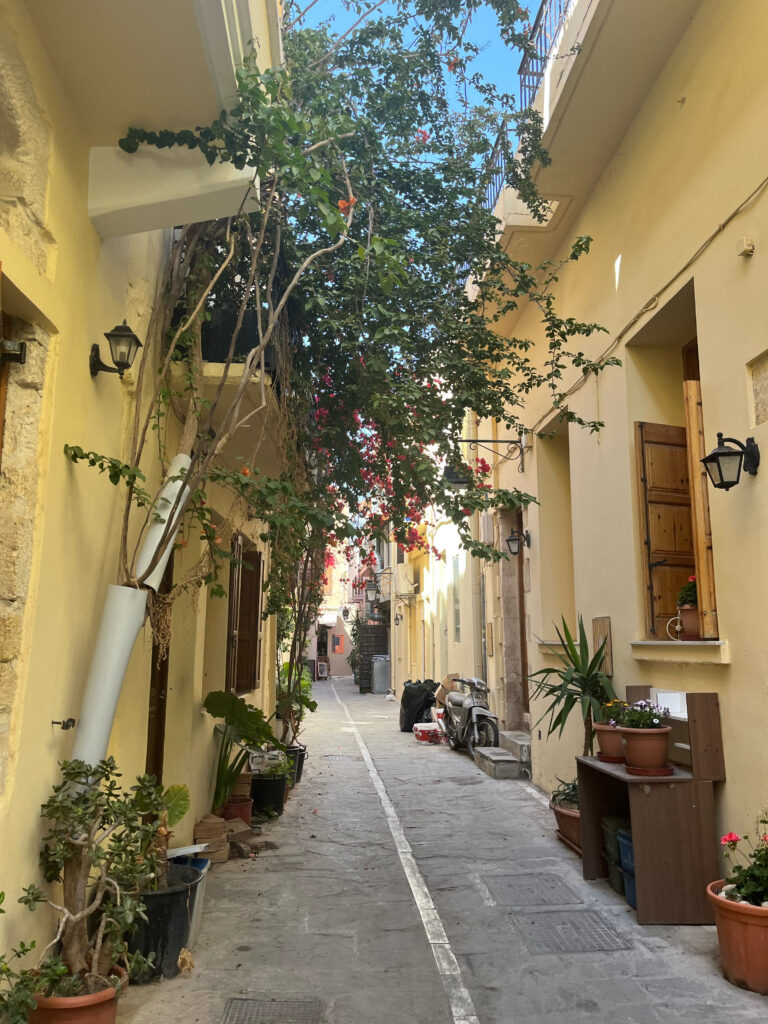The Ultimate Guide to Rethymno Old Town: Top Attractions, History, and Tips
The Old Town of Rethymno, located on the northern coast of Crete, is a mesmerizing labyrinth of narrow streets, historic landmarks, and vibrant squares. As one of Crete’s best-preserved historic quarters, it offers visitors a unique blend of Venetian, Ottoman, and Greek cultural influences, transporting them through centuries of rich history. Whether you’re a history enthusiast, an architecture lover, or simply seeking an authentic Cretan experience, Rethymno’s Old Town is a must-visit destination.
In this guide, we’ll explore the fascinating features of Rethymno’s Old Town—from its Venetian and Ottoman legacies to its modern-day vibrancy—making it one of the most enchanting places to visit in Crete.
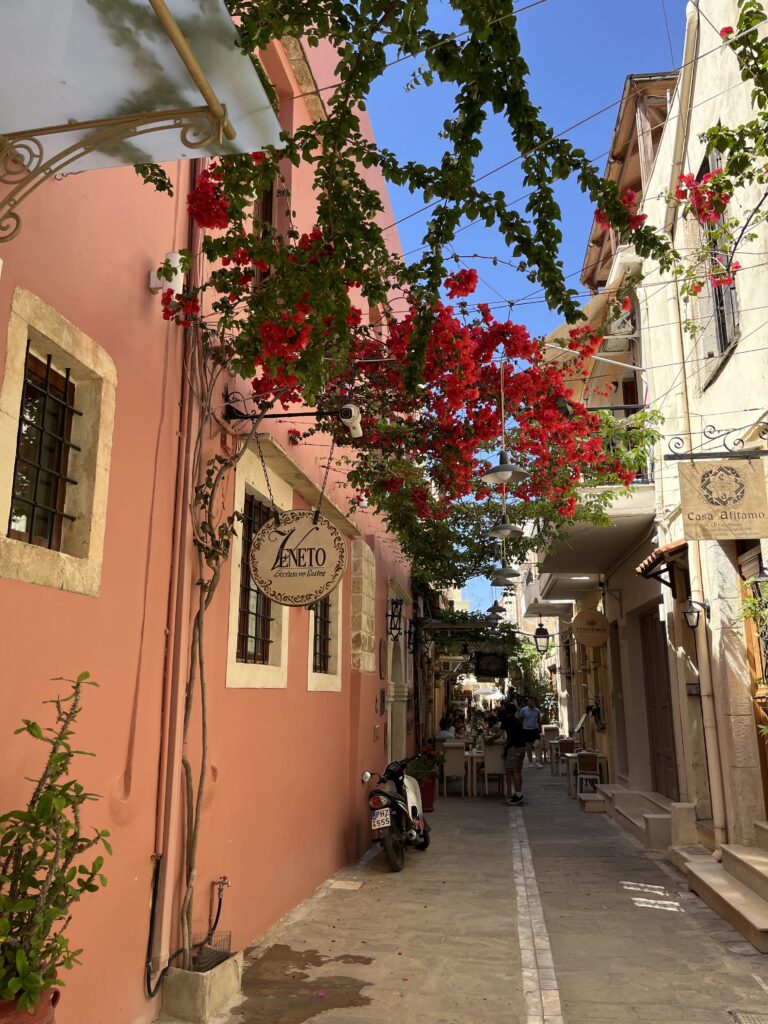
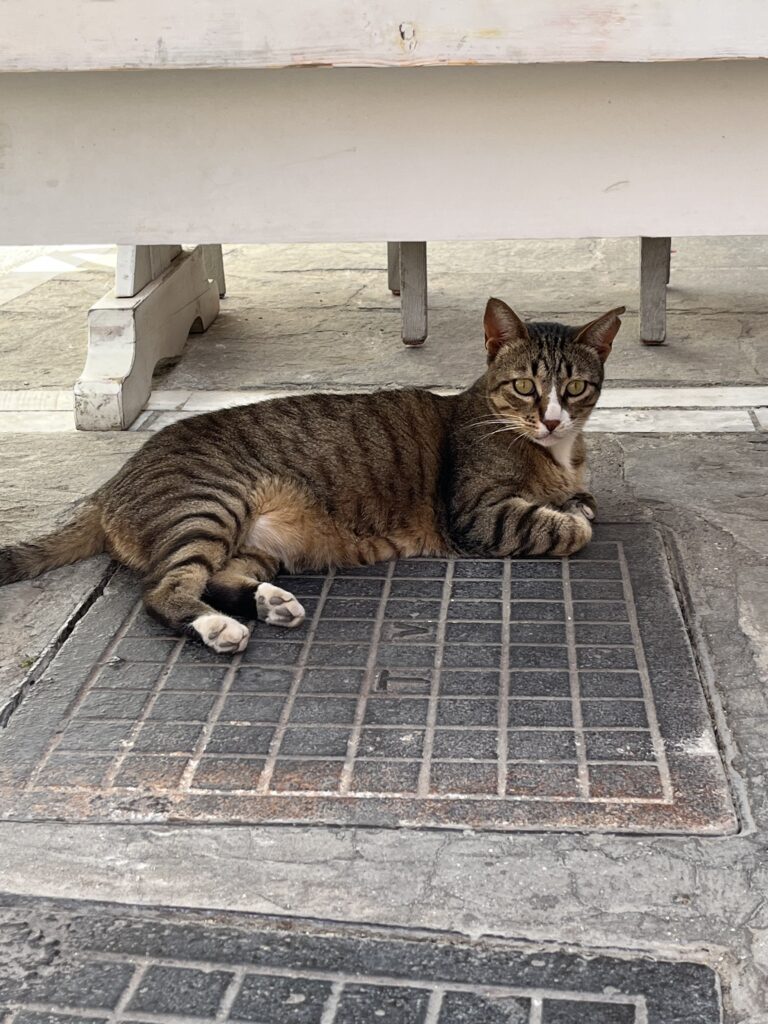
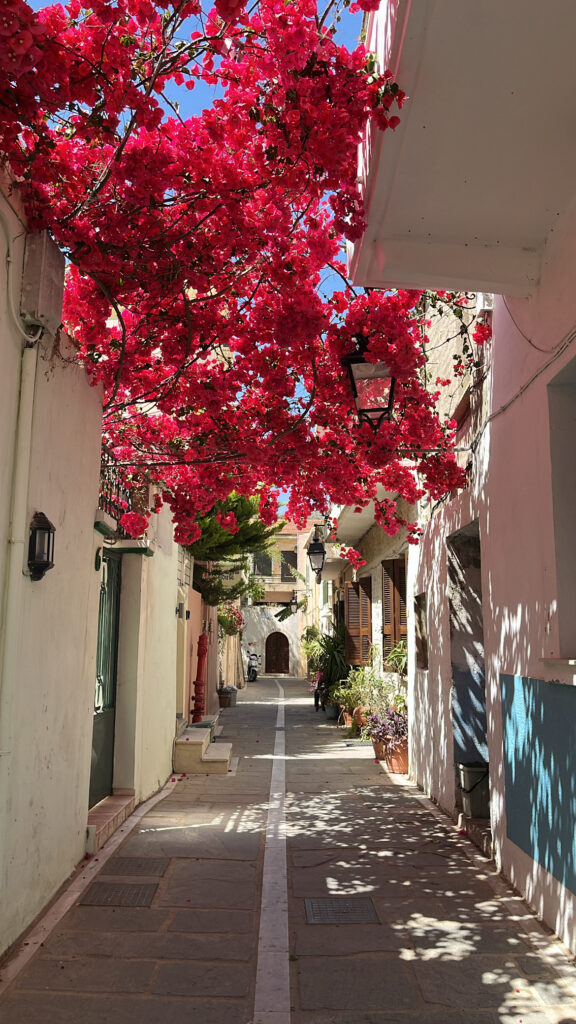
Why Visit Rethymno’s Old Town?
Unlike other Greek towns that have embraced modernity at the expense of their historical roots, Rethymno’s Old Town seamlessly intertwines the old and the new. It’s a living, breathing community where locals and visitors wander through cobblestone streets, uncovering stories etched into the town’s architecture.
With its Venetian fortress (the Fortezza), Ottoman mosques, and a lively atmosphere of artisan shops and cafes, Rethymno’s Old Town is more than a historic site—it’s an experience. Here’s what makes it stand out:
Venetian Influence: Elegance and Legacy
Rethymno’s Venetian heritage is immediately evident in its architecture. The town flourished under Venetian rule (1204–1669), and their legacy can be seen in its:
- Narrow streets and elegant facades: Designed to protect residents from invaders and harsh weather.
- The Fortezza Fortress: Perched atop Paleokastro Hill, this imposing structure offers panoramic views of the town and the Aegean Sea. Built in the 16th century to defend against Ottoman attacks, it remains a centerpiece of Rethymno’s Venetian history.
- Rimondi Fountain: Constructed in 1626, this fountain is a prime example of Venetian engineering, adorned with intricate carvings and lion heads spouting water.
Ottoman Footprints: A Rich Layer of History
Following the Ottoman conquest in 1669, Rethymno saw many Venetian structures repurposed, blending cultures and architectural styles. Key Ottoman landmarks include:
- Neratze Mosque: Originally a Venetian church, it became a mosque under Ottoman rule and is now a conservatory. Its towering minaret dominates the skyline.
- Kara Musa Pasha Mosque: A striking example of Ottoman design with intricate details and a serene atmosphere.
- Ottoman fountains and baths: Scattered throughout the Old Town, these structures add layers to its architectural narrative.
The coexistence of Venetian and Ottoman elements is a testament to Rethymno’s multicultural history, creating a unique tapestry of styles.
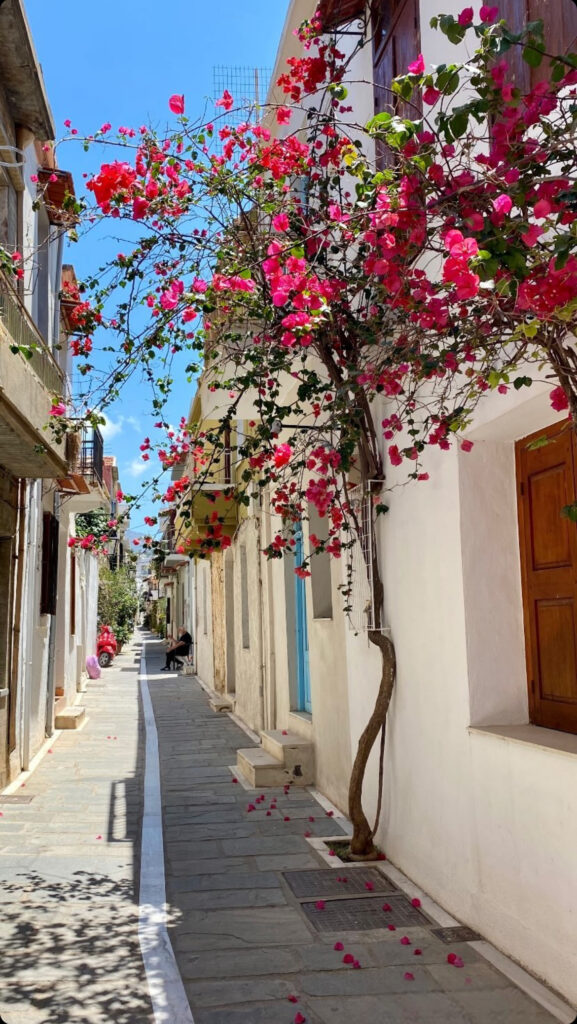
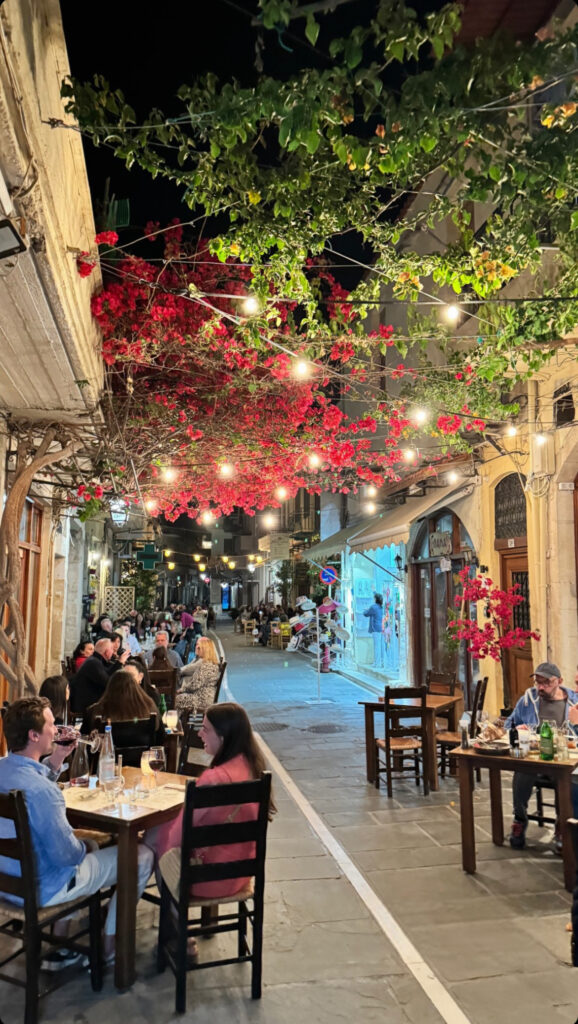
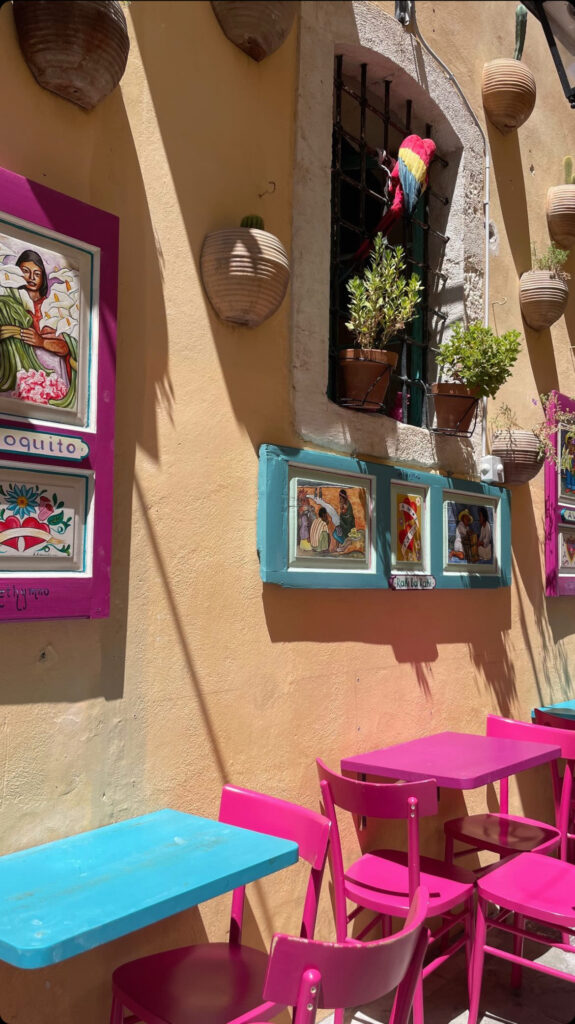
A Vibrant Hub of Modern and Traditional Life
What sets the Old Town of Rethymno apart from other historic sites is its liveliness. Unlike places that feel like open-air museums, this neighborhood thrives with daily activity:
- Shops and Boutiques: From traditional Cretan crafts like handwoven textiles and pottery to chic modern boutiques, the Old Town offers an array of shopping experiences.
- Cafes and Restaurants: The streets are lined with eateries serving everything from classic Cretan dishes like moussaka, ntakos, and kalitsounia to contemporary Mediterranean cuisine. Don’t miss the chance to sip on raki at a local kafenion.
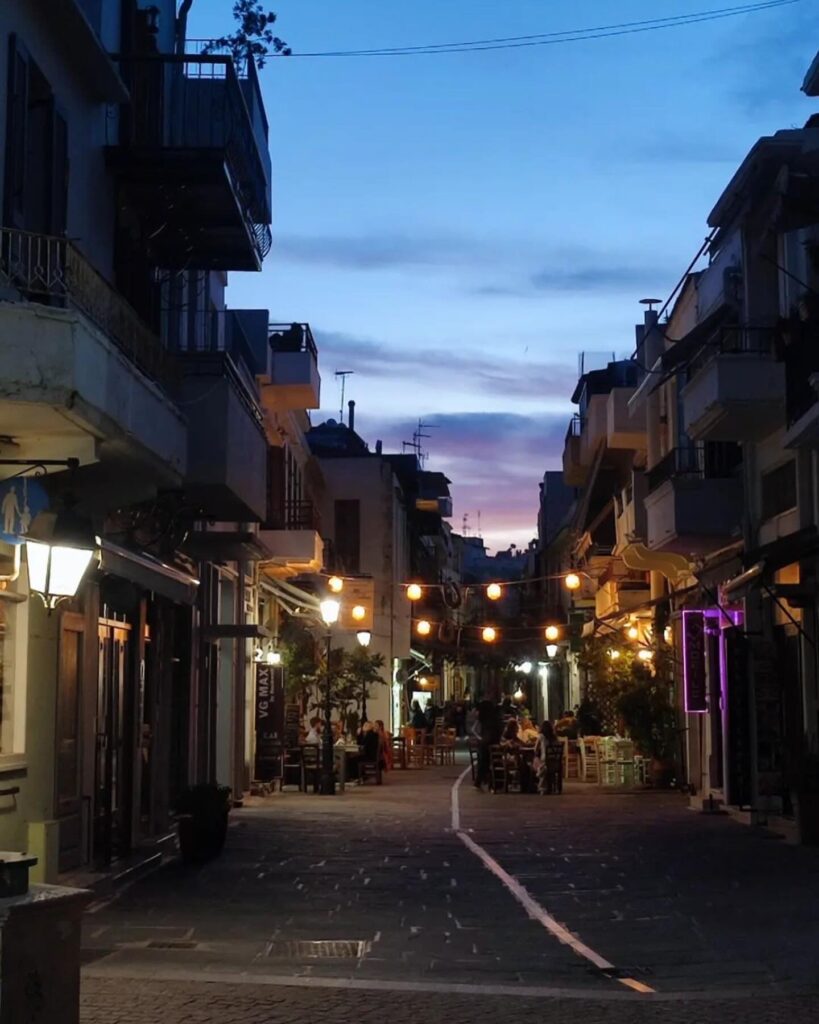
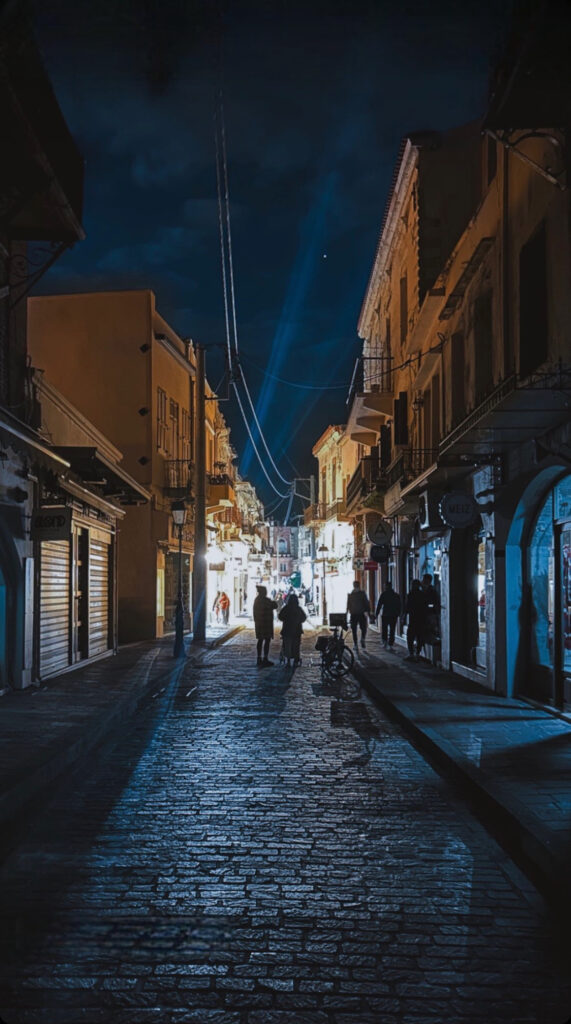
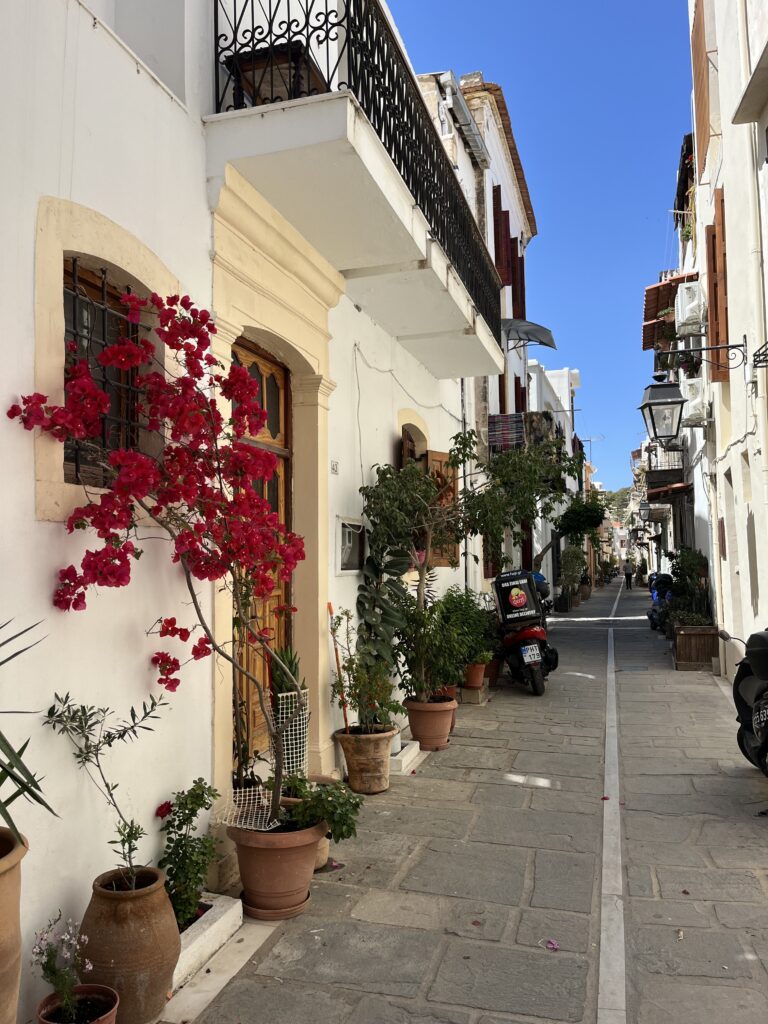
Cultural Events and Art Scene
Rethymno’s Old Town is not just a historical gem—it’s a cultural hub. Throughout the year, it hosts events that celebrate art, music, and tradition, such as:
- Rethymno Renaissance Festival: A summer highlight that brings history to life with theater, music, and Renaissance-themed celebrations.
- Museum of Contemporary Art: A space where modern creativity meets Venetian elegance, showcasing both local and international artists.
Whether it’s Easter processions, craft fairs, or art exhibitions, the Old Town’s cultural calendar ensures there’s always something to experience.
Shopping in the Old Town
Exploring Rethymno’s Old Town isn’t complete without indulging in its shopping scene. Highlights include:
- Handmade Leather Goods: From sandals to bags, crafted by local artisans.
- Cretan Olive Oil and Honey: Perfect souvenirs that reflect Crete’s culinary heritage.
- Jewelry and Textiles: Intricate designs that showcase traditional craftsmanship.
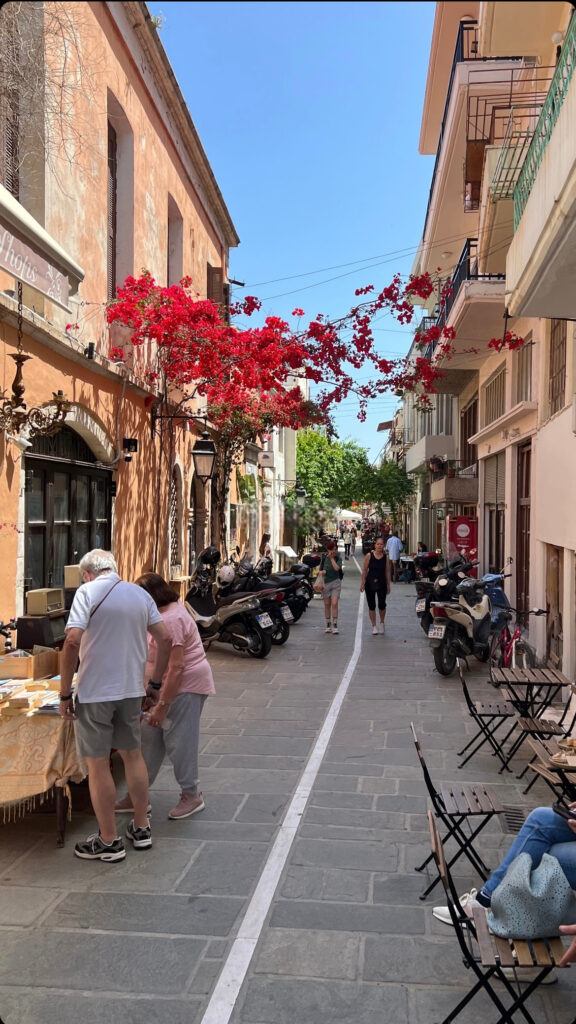
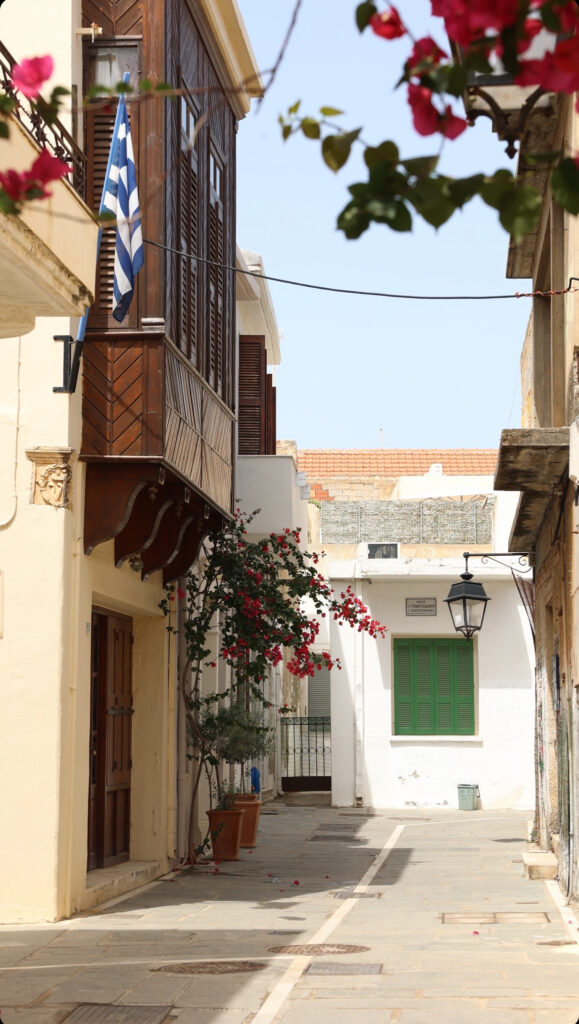
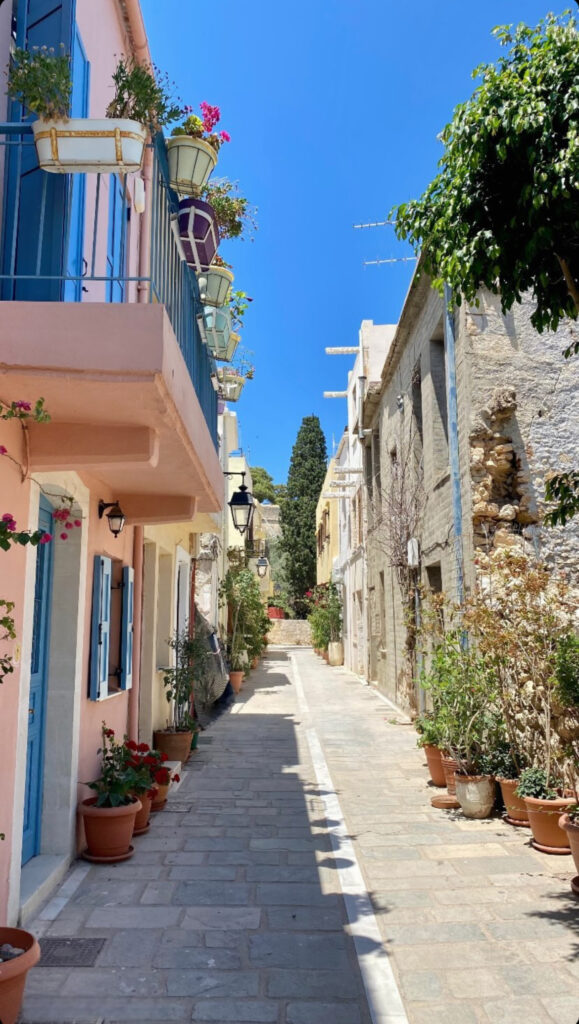
Dining: A Culinary Adventure in the Old Town
Rethymno’s Old Town is a paradise for food enthusiasts. Enjoy traditional Cretan dishes like staka, fresh seafood, and meze platters at local tavernas, many of which offer al fresco dining under the glow of Venetian-era buildings.
In the evening, the Old Town transforms with soft lights and the hum of lively conversations, creating a magical ambiance for a relaxing meal or stroll.
Preserving Rethymno’s Heritage
The town’s commitment to preserving its history is evident in its strict restoration policies. New developments must respect Venetian and Ottoman design elements, ensuring the Old Town retains its authentic charm.
Practical Tips for Visiting Rethymno’s Old Town
- Best Time to Visit: Spring and autumn offer pleasant weather and fewer crowds.
- Getting Around: The Old Town is pedestrian-friendly, so wear comfortable shoes for walking.
- Don’t Miss: The Fortezza, Rimondi Fountain, Neratze Mosque, and Mikrasiaton Square.
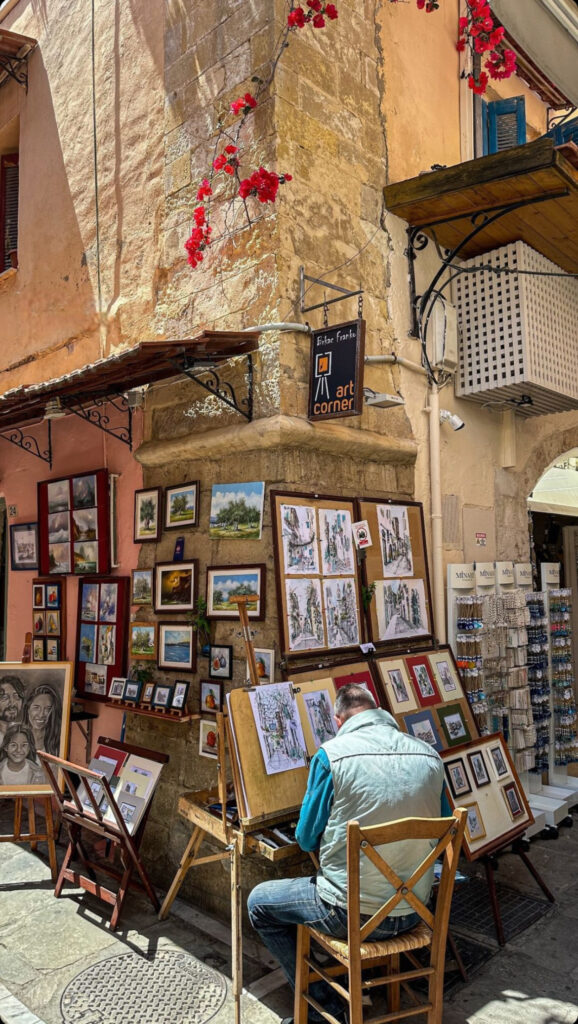
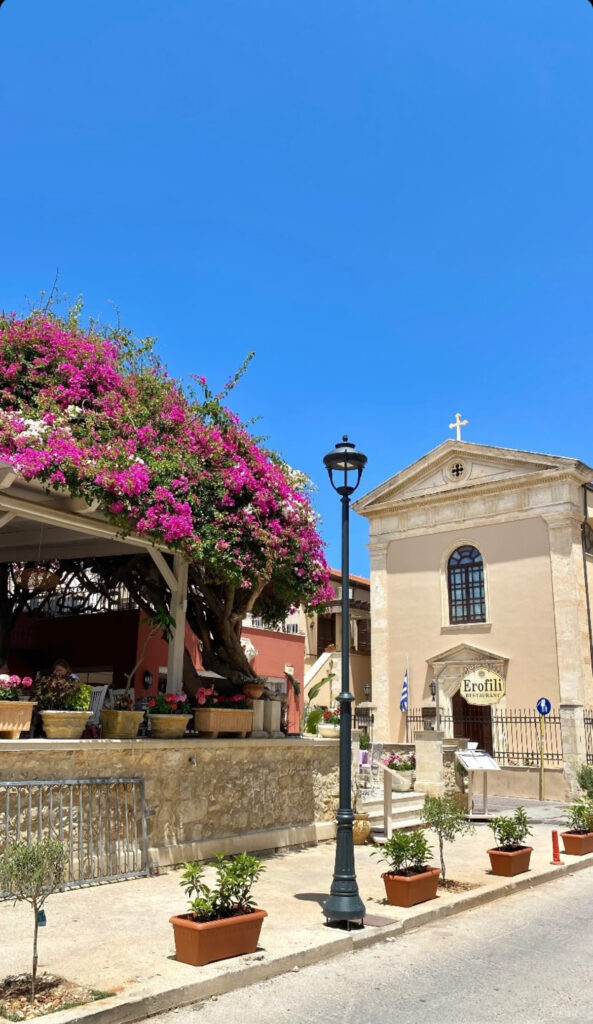
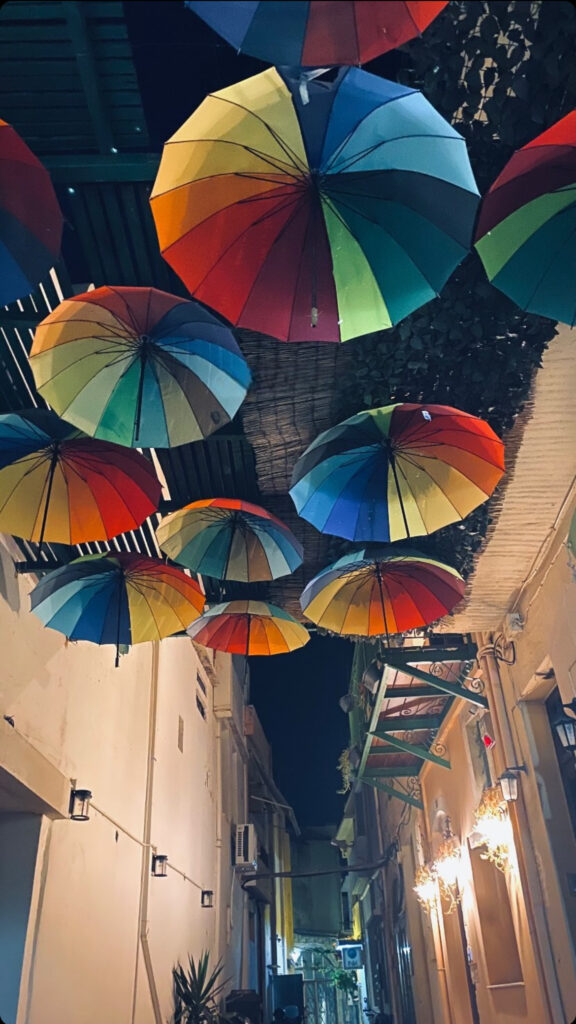
The Old Town of Rethymno is a destination that goes beyond sightseeing. It’s a place where history, culture, and modern life come together, offering visitors a deeply enriching experience. Whether you’re exploring its Venetian fortresses, admiring Ottoman minarets, or simply enjoying a cup of coffee in a quiet square, Rethymno’s Old Town promises memories that will last a lifetime.
Plan your visit to this timeless gem and discover why it’s one of Crete’s most beloved destinations.
Looking for a more personal, in-depth narrative of Rethymno’s charm? Check out our detailed story here!
Download our Rethymno Guide Today
